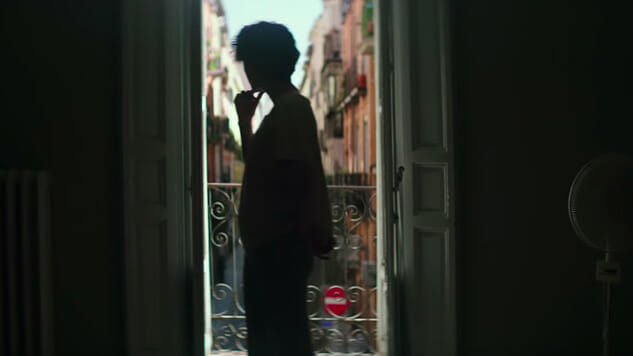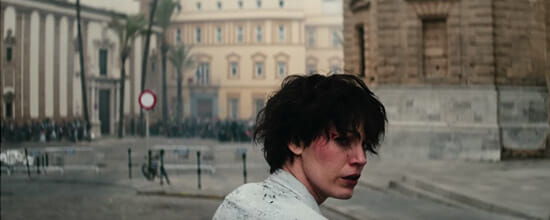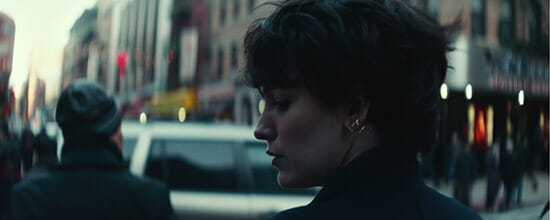The Rhythm Section Moves in Bond’s Shadow
As the world debates 007’s identity, his handlers fumble an alternative.

Beware spoilers for The Rhythm Section, and be sure to read the full review by Oktay Ege Kozak here.
The Rhythm Section is destined to be remembered (if it’s remembered at all) in the shadow of producer Barbara Broccoli’s other movie this year focused on a globetrotting assassin, part of the franchise for which she’s served as a producer in some capacity since 1987’s The Living Daylights. That’s not a fair thing to freight any movie with, but here it’s unavoidable.
In ways big and small, The Rhythm Section tries to move in the same spaces as the James Bond films while giving the tropes of the genre a more nuanced spin and allowing its female protagonist underlying elements of fallibility and mortality that, try as they might, the Bonds have never truly allowed their cocky hero. Paste’s review was favorable, but audiences apparently didn’t go for it. It’s too bad: The movie’s well served by Blake Lively’s performance and Reed Morano’s direction, feeling as if they could have been setting up a character for a return.
It’s wrong to call The Rhythm Section an attempt at doing a female James Bond, or anything so facile—it’s definitely not. It’s still an action thriller where shady government types refer to one another by number as they plot to use sex to assassinate each other in locales with exotic architecture. There are any number of reasons why it tanked, chief among them, most likely, that Paramount decided to slate it for the end of January. If that’s the best that studios are willing to treat a sincere attempt from the woman who has been producing James Bond films since the ’90s, it’s worth asking what warrants better.

“You just get disheartened when you get people from a generational point of view going, ‘It can’t be.’ And it really turns out to be the color of my skin. And then if I get it and it didn’t work, or it did work, would it be because of the color of my skin? That’s a difficult position to put myself into when I don’t need to.” — Idris Elba on the perennial anticipation he might be cast as James Bond, in an interview with Vanity Fair
Speculation has swirled around Idris Elba’s eligibility to be the next man to fill the tux for years, all the more pronounced considering current-and-now-longest-running Bond Daniel Craig perpetually seems as if he’s on the cusp of simply walking away from the obligation. The racist bullshit Elba has faced has been something to see, and it’s easy to dismiss a lot of it on the sheer degree of the assets and the merits that Elba would bring to the role. He’s got the physicality of somebody the government would train to kill people. He can play a Baltimore drug consigliere or a morally compromised London detective; his acting range just within animated features stretches from king of the jungle to stern authority figure to comic relief.
-

-

-

-

-

-

-

-

-

-

-

-

-

-

-

-

-

-

-

-

-

-

-

-

-

-

-

-

-

-

-

-

-

-

-

-

-

-

-

-









































